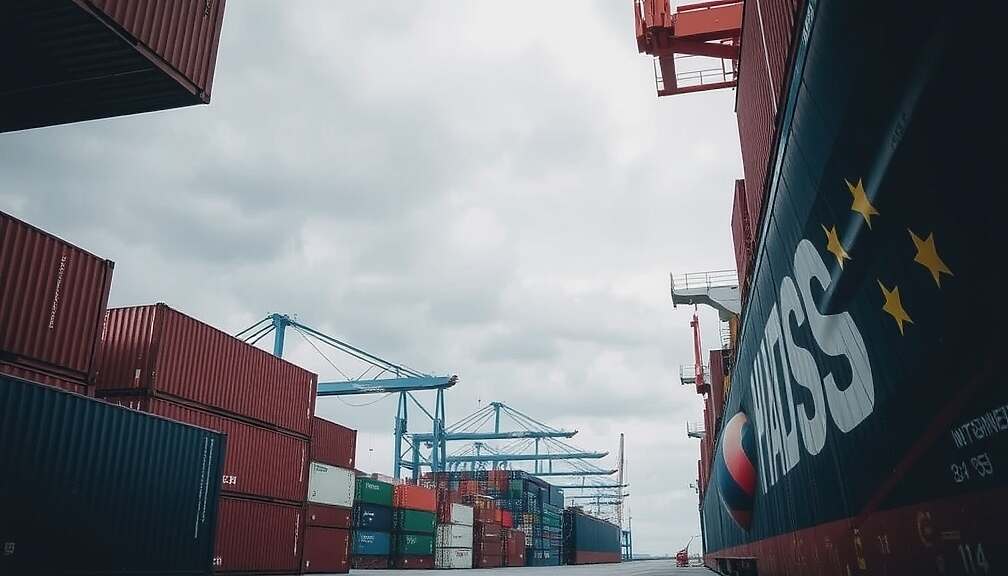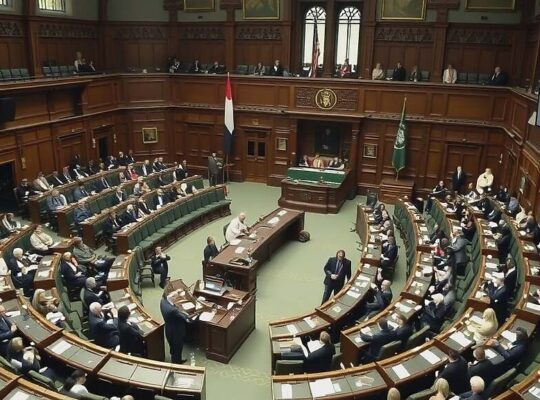Despite stringent European Union sanctions imposed following the invasion of Ukraine, German companies have maintained a significant trade relationship with Russia, raising questions about the effectiveness of restrictions and potential loopholes. An analysis by the Committee on Eastern European Economic Relations (Ost-Ausschuss der Deutschen Wirtschaft), reported by Politico, reveals that German imports from Russia between January and August totaled €847 million. Key commodities included metals, fertilizers and foodstuffs.
The German Ministry for Economic Affairs acknowledged in response to Politico’s inquiry that the current sanctions do not constitute a complete trade embargo. They clarified that certain measures involve tariffs and quotas rather than outright prohibitions, specifically citing regulations concerning particular metals. A spokesperson for the ministry conceded that the government is advocating for the elimination or substantial reduction of these quota arrangements, which are currently slated to continue until 2028. They pointed to exceptions within the ban on Russian steel products as further demonstration of this nuanced approach.
Simultaneously, German exports to Russia during the same period reached €4.9 billion, primarily consisting of pharmaceuticals, medical technology and other goods designated as humanitarian aid – inherently exempt from sanctions. While overall exports to Russia have demonstrably declined since the onset of hostilities, the volume of trade underscores the challenges in fully disentangling the German economy from the Russian market.
The evolving geopolitical landscape is simultaneously reshaping Germany’s trade dynamics in Eastern Europe. Poland has solidified its position as Germany’s most important trading partner in the region. Exports to Poland grew by 5.2% until the end of August, reaching a total of €65.4 billion, effectively displacing China from its previous ranking as a key German export market. This advantage has widened to an impressive margin of nearly €11 billion.
Across Central and Eastern Europe and Central Asia, German foreign trade has witnessed an overall increase of 2.5%, reaching approximately €364 billion. Export volumes have expanded by 2%, with import growth also contributing to the upward trend. Poland and the Czech Republic lead the import rankings.
“The Central and Southeastern European EU member states are vital pillars of the German export economy” stated Michael Harms, Managing Director of the Committee on Eastern European Economic Relations, reflecting on the overall trade picture. This reliance on Eastern European markets raises concerns about potential vulnerabilities and the long-term implications of shifting trade dependencies, particularly as the conflict in Ukraine continues and sanctions evolve. The continued trade with Russia despite official measures also fuels debate regarding transparency and the scrutiny of business practices within the German economy.












